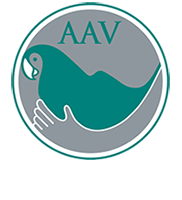Educational Articles
-
Diphenhydramine topical (brand name Benasoothe®) is an antihistamine with some local anesthetic properties. It is used to relieve itching and skin irritation in dogs, cats, and other animals. Diphenhydramine topical comes in a variety of forms, which may be specially compounded.
-
Diphenoxylate + atropine (brand name Lomotil) is an opioid combination medication used to treat diarrhea or coughing in dogs and diarrhea in cats. Its use in cats is not generally recommended. Diphenoxylate + atropine is given by mouth in the form of a tablet or liquid. This article discusses administration, potential side effects, risks, and monitoring.
-
Discoid Lupus Erythematosus (DLE) is an autoimmune condition that causes skin sloughing particularly around the nose causing scabbing and erosions that can become infected with bacteria. It can also affect the ear flaps, genitals and rarely spread through the entire body. DLE is diagnosed by submitting skin biopsies of affected areas for histopathological analysis. As well as antibiotics to treat secondary bacterial infections, treatment involves suppression of the immune system including tacrolimus or steroid ointments/creams applied to the affected area. Some dogs will need tetracycline and niacinamide or stronger anti-inflammatories such as cyclosporine or corticosteroids. These treatments can be weaned once lesions resolve but flare-ups will likely occur, needing rechecks and repeat therapy. Sun exposure must be minimized as UV light can worsen the disease. If untreated, lesions can develop into squamous cell carcinoma.
-
Discospondylitis is a bacterial or fungal infection of the intervertebral disks and the adjacent vertebral bones. It primarily affects dogs, though rarely can affect cats. It affects large breed dogs more often and generally starts clinically as back pain. The diagnosis and treatment of this condition are outlined in this handout.
-
Dogs exhibit many normal behaviors that can seem unruly. Some dogs are overly active and never seem to settle. Attempts to stop disruptive, normal behaviors using corrections are not typically successful. Effective techniques rely on training desired responses instead. Sometimes, even when trained, dogs do not listen. This is usually due to a lack of understanding rather than deliberate disobedience. Retraining basic skills can be helpful.
-
Distemper virus is a highly contagious disease that can affect multiple body systems and is potentially fatal. Puppies are most susceptible, and respiratory, gastrointestinal, or neurologic signs may be seen. Vaccines are available and are highly effective at preventing disease.
-
Distichiae can be an irritating eye problem for many dogs. The abnormally growing extra eyelashes can cause chronic discomfort to the eye and potential vision problems. A thorough eye examination is necessary to assess the extent of any accompanying corneal injury and to rule out other causes of the dog's clinical signs. Various treatment options are available. The prognosis is excellent for dogs that do not show any clinical signs associated with their distichiae. For dogs with mild clinical signs, the likelihood that the condition can be managed with conservative treatment is good.
-
DNA is a large complex molecule that carries the genetic information or genetic code of an organism. All common forms of life, such as viruses, bacteria, plants, and animals carry a copy of their own genetic code in each of their cells. Each organism has a unique section of DNA that is just like a fingerprint. DNA-PCR is often used to detect the presence of infectious organisms; especially when detecting extremely small numbers of infectious organisms and for detecting certain viruses and bacteria that are difficult to diagnose by other methods.
-
Dreaming is similar in dogs as it is in people and is a normal part of the rest period. Nightmares do not appear to be typical, but you can see different breathing patterns and some movement of the legs while your dog is dreaming.
-
Dogs have the same five senses that humans have: the ability to see, hear, smell, feel, and taste. Some of these canine senses are very acute and function at a high level. Some people think that dogs have a sixth sense, but this presumption may be based on how well dogs use and integrate their other five senses. There is no scientific evidence that dogs have a sixth sense, but there are anecdotal reports demonstrating how perceptive they are.






